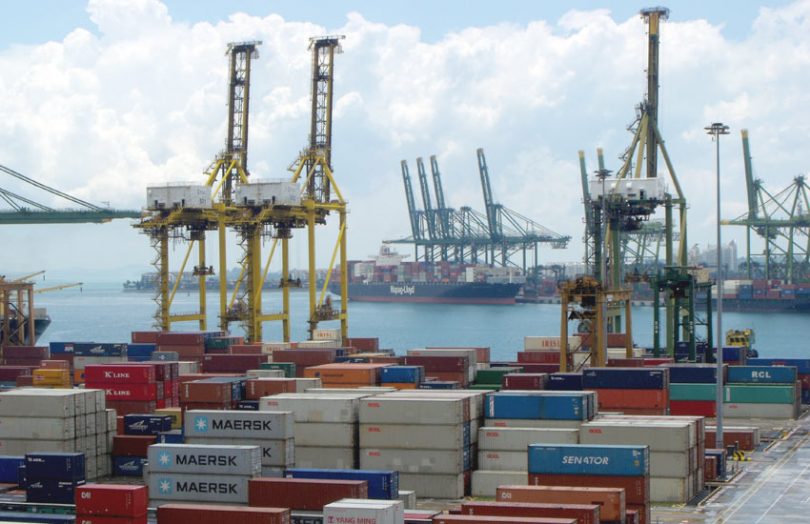Today PSA International, the world’s largest container port operator, said it’s exploring using blockchain and digital assets for decarbonization goals. The Singapore company signed a deal with fellow Singapore consultancy RHT Group of Companies for the Environmental, Social and Governance (ESG) project.
“This MoU supports PSA’s ongoing commitment towards building a more sustainable port and supply chain ecosystem,” said Eddy Ng, Head of Group Commercial & Supply Chain Sustainability Solutions, PSA. “In this collaboration, we will draw on our collective expertise to further PSA sustainability initiatives for supply chain partners and users.”
RHT will provide a wide range of consultancy, including a sustainability team and advising on listing digital assets on its SDAX platform.
Meanwhile, PSA International, which owns port terminals in 26 countries, is a participant in both major container shipping blockchains, TradeLens and GSBN. It is also an indirect minority shareholder in Global eTrade Services (GeTS), which has its Open Trade Blockchain (OTB) for documents.
Government-backed investment firm Temasek wholly owns PSA. In a separate initiative, Temasek is collaborating to create the blockchain-based Climate Impact X (CIX) to trade carbon credits. CIX partners include stock exchange SGX, and two firms where Temasek holds minority stakes, DBS Bank and Standard Chartered.
While environmental initiatives are gathering pace around the world, in Singapore, perhaps the urgency is a little greater. The island nation is particularly vulnerable to climate change and rising ocean levels, with 30% of the landmass less than 5 meters above sea level. Last year Straits Times reported that average sea levels had risen by 14cm since the start of the 1970s.
The latest Intergovernmental Panel on Climate Change (IPCC) was published yesterday. It forecasts global sea level rises between 28 cm and a meter by 2100, depending on the levels of greenhouse gas emissions. In a low likelihood extreme scenario, it could rise by 2 meters by 2100 and 5 meters by 2150.







